Temporary & Portable Solar Lighting
7 Best Solar Powered Street Lights: Elevate Energy Efficiency by 50% for Smart Cities in 2023
As urban areas continue to expand, the demand for efficient and sustainable lighting solutions becomes increasingly crucial. Solar powered street lights have emerged as a game-changing technology in this landscape, offering up to 50% more energy efficiency compared to traditional lighting systems. According to a recent report by Research and Markets, the global solar street lighting market is projected to reach $16.6 billion by 2024, reflecting a compound annual growth rate (CAGR) of 12.5%. This surge is not only driven by the rising need for energy conservation but also by advancements in solar technology and smart city initiatives. With municipalities worldwide prioritizing sustainable infrastructure, integrating solar powered street lights is key to reducing carbon footprints and enhancing public safety while promoting economic growth. This blog will explore the seven best solar powered street lights available in 2023, serving as a guide for cities aiming to embrace this innovative solution.
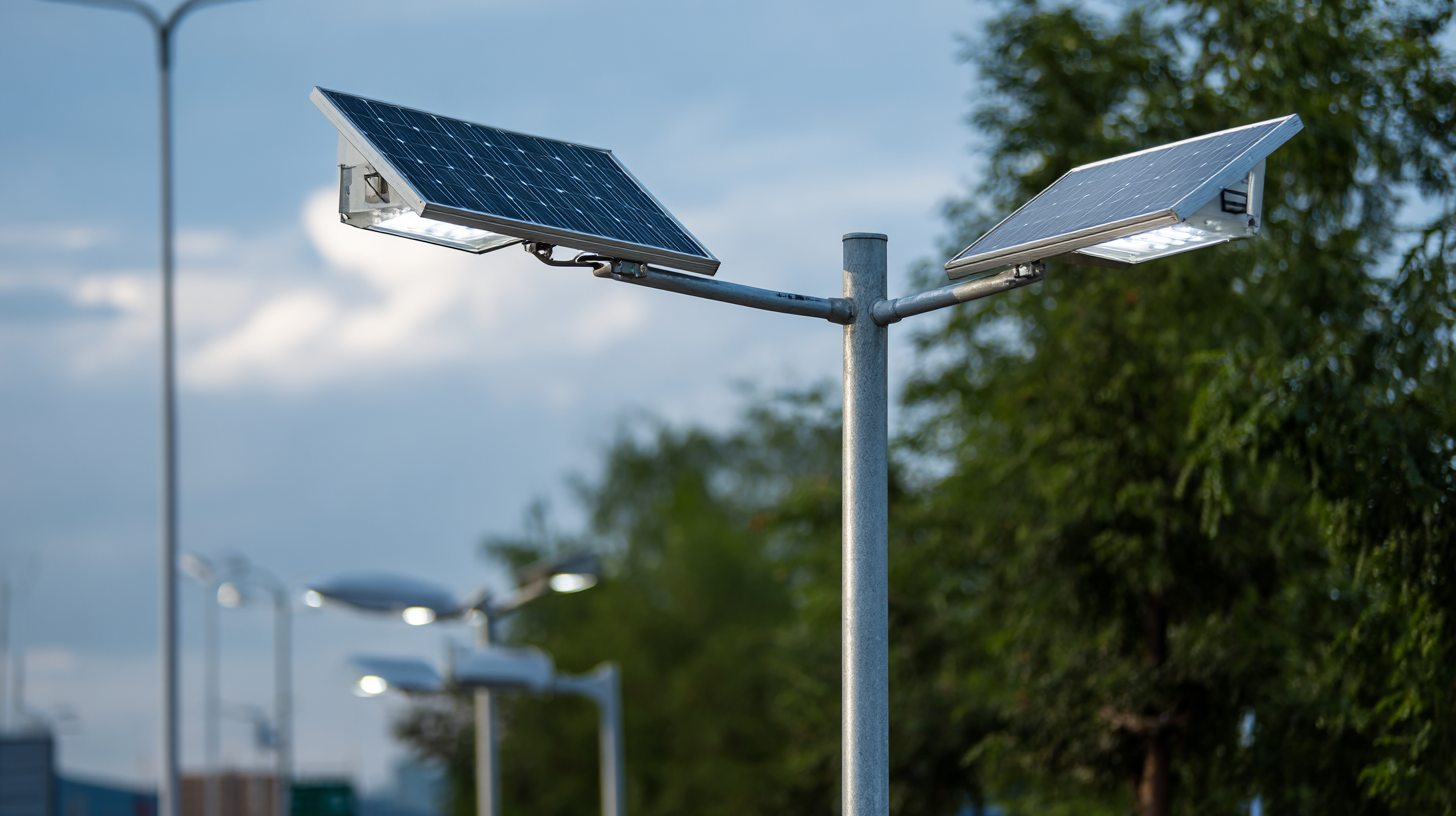
Understanding the Benefits of Solar Powered Street Lights for Smart Cities
Solar powered street lights are rapidly gaining traction in the urban landscape, particularly in the context of smart city initiatives. According to a report by the International Renewable Energy Agency (IRENA), solar street lights can reduce energy consumption by up to 50% compared to traditional electric street lights. This dramatic reduction not only cuts operational costs for municipalities but also contributes to decreased greenhouse gas emissions, aligning with global sustainability goals. In 2023, cities making the shift toward solar technology will experience enhanced energy independence, as these systems utilize renewable resources, thus reducing reliance on fossil fuels.
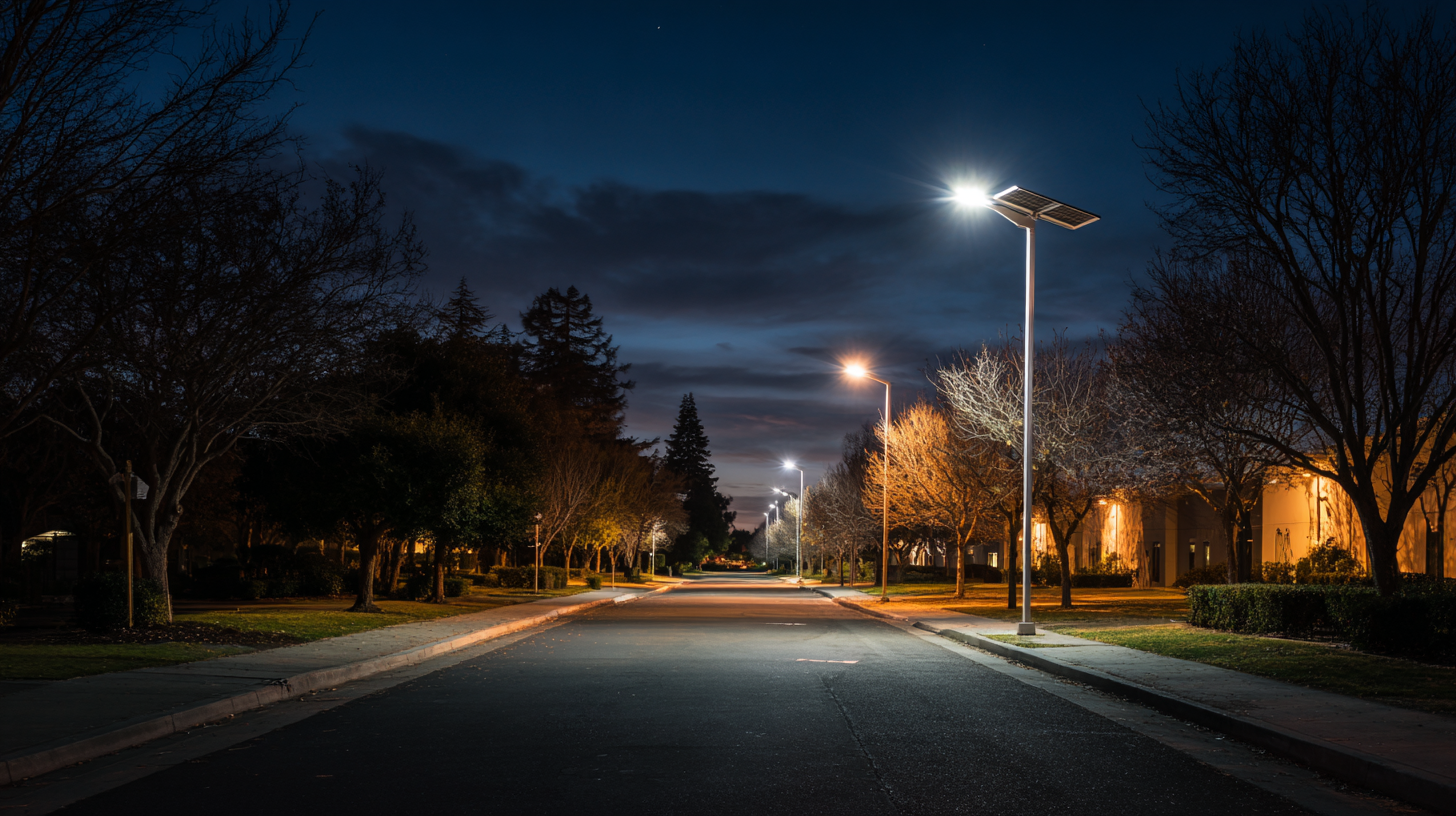
Moreover, solar powered street lights enhance public safety and urban aesthetics. The U.S. Department of Energy reports that well-lit streets contribute to lower crime rates and increased pedestrian activity. Additionally, advancements in LED technology lend a brighter, more focused light output, improving visibility while using less energy. The integration of smart sensors allows these lights to adapt to environmental conditions, ensuring optimal performance; for example, lights can dim during times of low pedestrian traffic, further conserving energy while maintaining safety standards. As cities evolve, the benefits of solar powered street lights exemplify how integrating renewable energy can drive efficiency and foster a safer, smarter urban environment.
Key Features to Look for in High-Efficiency Solar Street Lights
When choosing high-efficiency solar street lights for smart city projects, certain key features can significantly enhance performance and energy savings. Look for lights equipped with advanced LED technology, which not only provides bright illumination but also consumes less energy compared to traditional lighting. High lumen output per watt is essential, ensuring maximum brightness with minimal energy usage, ultimately elevating energy efficiency by up to 50%.
Additionally, consider solar street lights with smart controls. Features like motion sensors, dimming capabilities, and programmable timers allow for intelligent management of energy usage. These functions can adapt lighting levels based on real-time conditions, further reducing energy consumption when full brightness isn't necessary. Always check if the lights have a robust battery system that can store sufficient energy to operate during cloudy days or after sunset.
Lastly, durability and weather resistance are crucial. Opt for solar street lights made of high-quality materials that withstand harsh environmental conditions. This ensures longevity and reduces maintenance costs over time. Investing in these key features will prepare your smart city for a sustainable future while maximizing efficiency and effectiveness in urban lighting solutions.
7 Best Solar Powered Street Lights: Elevate Energy Efficiency by 50% for Smart Cities in 2023
| Model | Lumens | Battery Life (hours) | Solar Panel Type | Smart Features | Warranty (years) |
|---|---|---|---|---|---|
| Model A | 800 | 12 | Monocrystalline | Motion Sensor | 5 |
| Model B | 900 | 10 | Polycrystalline | Remote Control | 3 |
| Model C | 1200 | 15 | Amorphous | Dusk to Dawn | 4 |
| Model D | 950 | 11 | Monocrystalline | Smart Timing | 6 |
| Model E | 750 | 14 | Polycrystalline | Telephone App Control | 3 |
| Model F | 1100 | 8 | Monocrystalline | Solar Charge Indicator | 5 |
| Model G | 730 | 9 | Amorphous | Adaptive Light Level | 4 |
Top 7 Solar Powered Street Lights to Enhance Urban Energy Efficiency
As urban areas continue to expand, the need for sustainable energy solutions becomes increasingly critical. Solar-powered street lights are revolutionizing the way cities illuminate their streets while enhancing energy efficiency. These innovative lighting solutions harness sunlight during the day, converting it into electricity to power LED lights at night. This not only helps cities reduce their carbon footprints but also lowers energy costs by up to 50%.
The latest models of solar-powered street lights are designed with cutting-edge technology, including intelligent motion sensors and smart control systems that optimize energy consumption based on real-time conditions. Many of these lights come equipped with features such as adjustable brightness levels, extended battery life, and weather-resistant materials, making them ideal for urban environments. By investing in such sustainable lighting solutions, cities can create safer and more environmentally friendly spaces while promoting energy efficiency and smart city initiatives.
Energy Efficiency of Solar Powered Street Lights in 2023
This chart represents the energy efficiency of the top 7 solar powered street lights projected for 2023. The data indicates that significant advancements have been made, with energy efficiency rates reaching up to 95% for some models.
Installation Tips for Maximizing the Impact of Solar Street Lighting
The implementation of solar-powered street lights in urban areas is not just about aesthetics but plays a critical role in enhancing energy efficiency and sustainability for smart cities. Research indicates that cities utilizing solar street lighting can elevate their energy efficiency by up to 50%, significantly reducing operational costs while contributing to the environment. Local governments can strategically design these solar projects, which not only optimize energy savings but also help address pressing community needs, such as improved public safety and lower carbon footprints.
To maximize the impact of solar street lighting, consider these key installation tips:
- First, assess the area to determine the optimal placement of lights, ensuring they are positioned to receive maximum sunlight throughout the day.
- Next, incorporate smart technologies such as motion sensors to enhance energy savings by adjusting brightness levels based on real-time environmental conditions.
- Finally, engage with community stakeholders during the planning process to understand their needs better and to ensure the solar lighting solutions are tailored for effectiveness and acceptance.
By incorporating these strategies, local governments can leverage solar street lights not only for illumination but as a comprehensive solution aimed at improving urban sustainability while fostering community engagement.
Future Trends in Solar Street Lighting Technology for Sustainable Cities
As urban areas continue to prioritize sustainability, solar street lighting technology is emerging as a key trend for creating smart cities in 2023. These advanced solutions not only reduce the carbon footprint but also significantly enhance energy efficiency by as much as 50%. The integration of solar-powered street lights with smart sensors means illumination can be adjusted based on pedestrian and vehicular movement, consequently optimizing energy usage during off-peak hours. This intelligent approach not only conserves energy but also extends the lifespan of the lighting systems.
Moreover, the future of solar street lighting will also see innovations such as IoT connectivity and cloud-based monitoring. This allows city planners to collect and analyze data regarding public usage patterns, which can inform strategic decisions on urban development. Additionally, with advancements in battery technology and solar panel efficiency, solar street lights will become more autonomous, requiring less maintenance and providing reliable illumination in various weather conditions. The shift towards these sustainable technologies symbolizes a broader commitment to building resilient and eco-friendly urban environments that meet the needs of their citizens while protecting the planet.
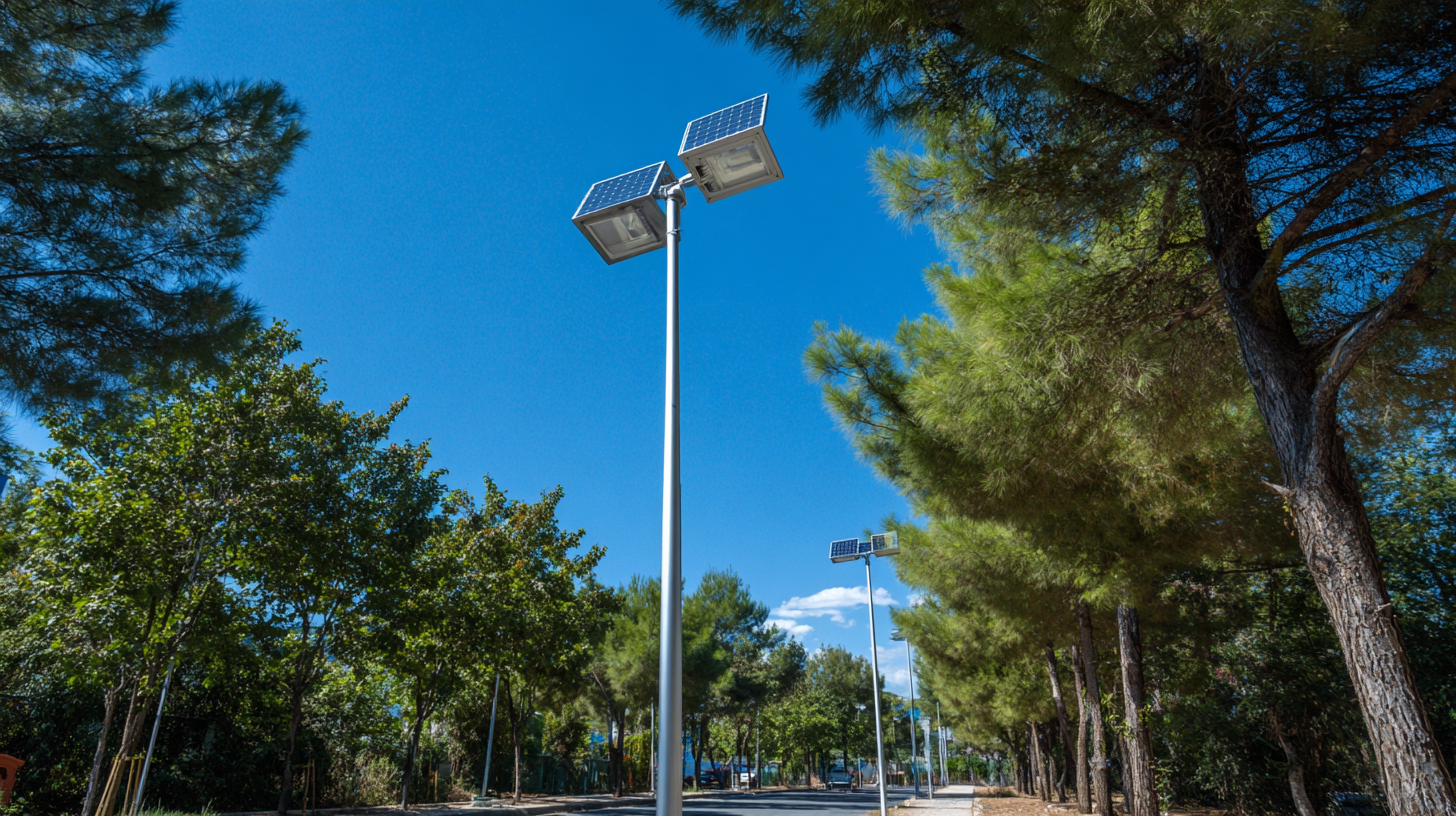
Related Posts
-
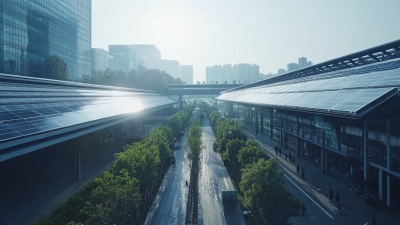
Exploring the Growth of Exterior Solar Lights at the 137th Canton Fair in Guangzhou
-
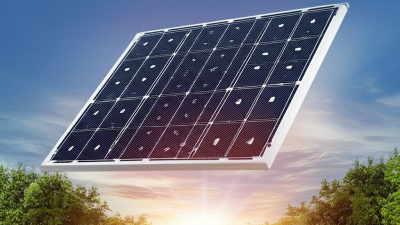
Unlock Global Savings: High-Quality LED Solar Lights from China's Leading Manufacturer
-

How to Maximize Outdoor Ambiance with Solar Panel Lights: A Comprehensive Guide
-

How to Choose the Best Solar Street Lights for Your Outdoor Space
-

2025 Market Trends for Best Garden Solar Lights and Essential Tips for Homeowners
-

Understanding the Innovation Behind Solar Street Light Technology
USA / Americas
1507 Capital Ave, Suite 102
Plano, TX 75074
+1 (214) 838-7010
8:00am – 5:00pm (GMT-6)
Australia / Asia Pacific
503 Cross Keys Rd,
Cavan SA 5094
+61 8 7200 3909
9:00am – 5:00pm (ACDST)
© 2025 Green Frog Systems. | Privacy Policy | Terms & Conditions


